Here in the UK, we have a long list of non-native invasive plant species that cause a myriad of problems. In some parts of the UK, planting, importing, selling or allowing certain invasive species to grow is punishable by up to two years in prison, so it's important that you know your natives from your non-natives before you start planting your flower bed.
When you come across a new plant in your garden, it can be difficult to know if it's an invasive species and (if it is) what you should do about it. Today we're going to take a closer look at some of the most common invasive weeds in the UK to find out a little more about them. Hopefully, this guide will help you identify and eradicate invasive weeds on your property before they have time to do any damage!
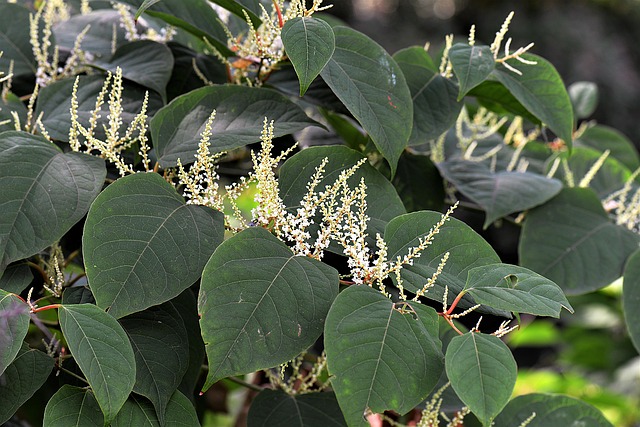
Japanese Knotweed (Fallopia Japonica)
Of course, at the top of our list had to be Japanese knotweed. Noted as one of the most widespread and destructive invasive plant species in the UK, Japanese knotweed can find its way into your garden and cause damage to your home in a matter of a few weeks.
One of the main reasons that Japanese knotweed is so difficult to manage is because it's capable of sprouting from small amounts of rhizomes in the soil. Left untreated, you might find yourself with a whole host of structural repair and legal costs! Find out about our Japanese knotweed treatment plans to get this invasive species under control quickly.
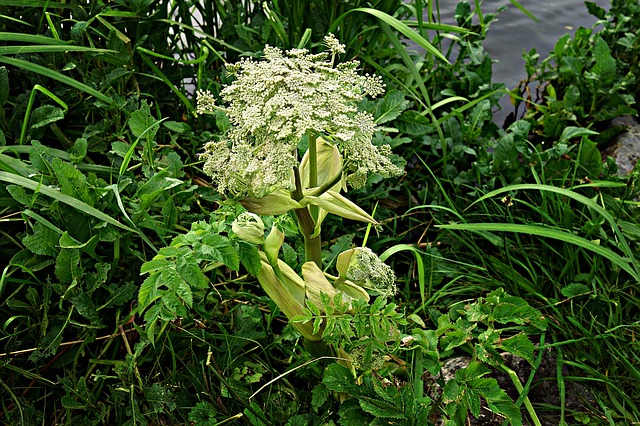
Giant Hogweed (Heracleum Mantegazzianum)
Second on our list is giant hogweed, an invasive species commonly found here in the UK that originally came from Southern Russia. One thing that people don't know about giant hogweed is that it can actually be harmful to humans. The sap contains chemicals that can cause the skin to blister, so great care needs to be taken when dealing with giant hogweed.
The giant hogweed is a tall, leafy plant that looks quite similar to cow parsley. It has thick stems and distinctive heads of white flowers which grow up towards the sky. As with Japanese knotweed, it is an offence to purposely grow giant hogweed. Ideally, when you find this invasive weed in your garden, you should seek treatment immediately. If you're touching it yourself, make sure you wear protective gardening gloves and a face mask.
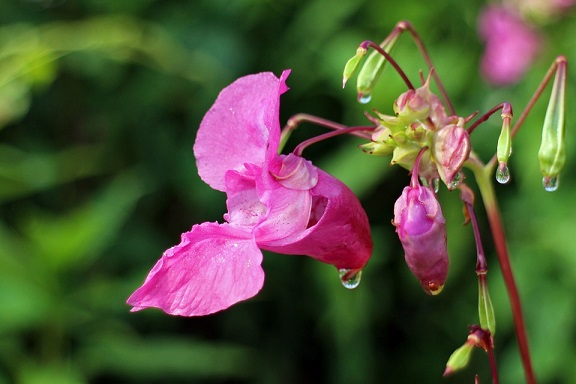
Himalayan Balsam (Impatiens Glandulifera)
The Himalayan balsam may look like a pretty innocent little flower, but it has a darker side that you might not know about! Each Himalayan balsam plant can disperse nearly 1000 seeds from its explosive pods in the spring/summertime. This makes it a very common invasive plant here in the UK. You'll often see it near to riverbanks where it can quickly grow more than 6ft tall, smothering other plant species and vegetation beneath.
To treat Himalayan balsam, it is recommended that you pull it up, spray it with weed killer and dispose of it properly. Speak to the Total Weed Control team if you need advice about invasive plant species disposal.
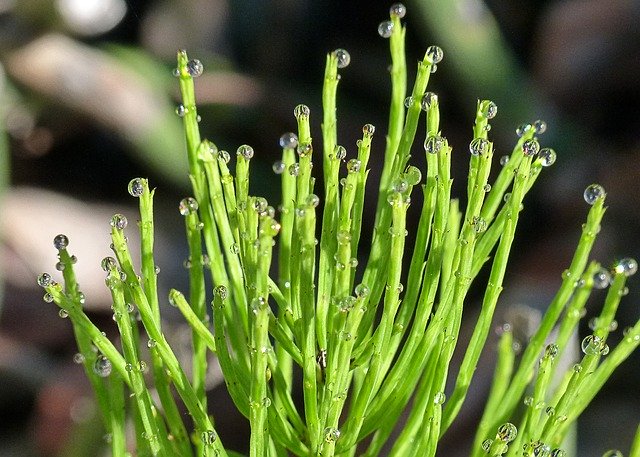
Horsetail (Equisetum Hyemale)
This unusual looking plant is horsetail, a non-flowering, evergreen invasive plant that loves wet conditions. As you can see, it has tall green stems that make it look like a waterside grass. However, horsetail isn't a grass species, and rather than spreading see to reproduce it spreads spores. Much like Japanese knotweed, horsetail has creeping rhizomes that can burrow into the ground as deep as 2 metres. This makes this invasive species incredibly challenging to remove completely.
One of the easiest ways to take control of a horsetail infestation is to make your soil hospitable to other, more desirable plants. Horsetail is invasive, but it's not very tough when it comes to competing with other species. If you can keep the horsetail shoots short and encourage the growth of other plants, they will eventually smother the horsetail.
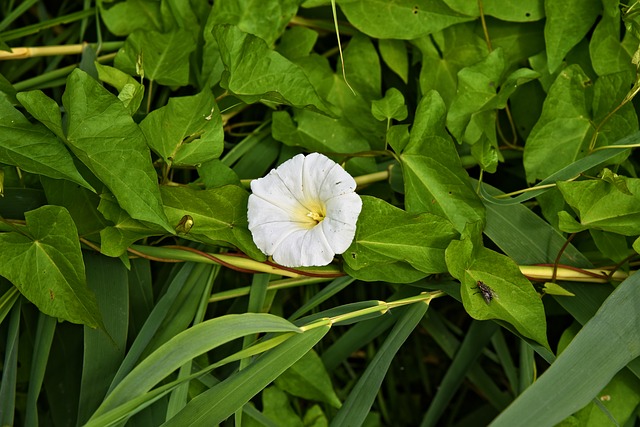
Hedge Bindweed (Calystegia Sepium)
Here we have the hedge bindweed, an aggressive invasive weed that can grow around existing plants and trees, making it very difficult to remove. You can spot hedge bindweed very easily because it has unique white trumpet flowers.
Although this is quite a pretty plant, it causes problems when it chokes out other native plant species. Left untreated, this plan can have a serious impact on the biodiversity of our natural areas. Seek help immediately if you notice this invasive species bothering the other plants in your garden.
Hopefully, this blog gives you a good idea of some of the invasive plant species you might come across here in the UK. If you see an invasive plant species, especially Japanese knotweed, on your property, give us a call today on 029 2039 7554.
